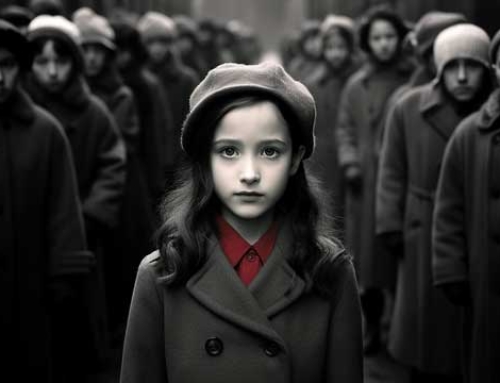Here’s the lowdown: Two years after the Taliban took over Afghanistan on August 15, 2021, they’ve cranked up their already strict rules. Women’s rights? Severely limited. Media freedom? Almost non-existent. This info comes straight from the folks at Human Rights Watch.
For those who’ve been living under a rock, the Taliban is like the extremist version of political Islam. Think of them as the Amish of the U.S. or the ultra-orthodox groups in Israel, but way more intense and often violent.
In the past couple of years, they’ve told women and girls, “No school, no work, no hanging out in public.” Imagine your sister or bestie being told she can’t go to school or work anymore. And the media? They’re walking on eggshells, with journalists and critics getting nabbed left and right.
Afghanistan is now a humanitarian disaster zone. Over 28 million people, that’s two-thirds of the population, are in dire need. 4 million are starving, including 3.2 million kiddos under 5.
Fereshta Abbasi from Human Rights Watch puts it bluntly: “Life in Afghanistan under the Taliban? A total nightmare.” While some ultra-conservative groups elsewhere might want to limit women’s rights, the Taliban takes it to a whole new level, stripping women of almost all their rights.
On December 24, 2022, the Taliban dropped another bombshell: women can’t work for local or international NGOs, including the UN. There are a few exceptions like health, nutrition, and education, but this move has hit women’s livelihoods hard. Higher education for women and girls? Off the table.
Abbasi adds, “The Taliban’s policies? Zero respect for women’s basic rights.” While some groups in other countries might argue about reproductive rights or dress codes, the Taliban goes way beyond, restricting almost every aspect of a woman’s life.
Donor countries need to step up, helping out without boosting the Taliban’s repressive policies. And the Taliban? They’ve clamped down on local media, making it tough for Afghans to get the real scoop.
The Taliban’s security forces? They’re on a spree, with random arrests, torture, and on-the-spot executions. Since they took over, ISIS’s Afghan branch has been wreaking havoc, especially targeting the Hazara Shia community.
Thousands of Afghans who’ve fled are now stuck in places like Pakistan, UAE, Iran, and Turkey. Abbasi wraps it up: “The Taliban’s response to the massive crisis? Crush women’s rights and silence any opposition.”
A Quick Dive into the Taliban and Their Take on Islam
Born in the early ’90s in Afghanistan, the Taliban is infamous for their ultra-hardcore take on Islam. Their name, “Taliban“, literally means “students” in Pashto, and they sprouted from religious schools in Pakistan.
Their version of Islam? It’s deeply rooted in the Pashtunwali culture, a traditional way of life of the Pashtun people, mixed with their own hardcore interpretation of the sharia (Islamic law).
This has led to some wild rules, especially about women’s rights. Women can’t work or go to school, and they’ve got to wear the burqa. They’ve also dished out harsh punishments for stuff they see as ‘un-Islamic‘, like jamming to music or flying kites.
But here’s the thing: their take on Islam is way different from most Muslims around the world, including those in Western Europe. Muslims in places like the Netherlands, Belgium, France, and Germany have a much chiller and diverse approach to Islam. They see it as a personal faith guiding their daily lives, but with room for personal freedom and interpretation.
In Western Europe, there’s a big push for interfaith dialogue and cooperation. Many Muslims are super involved in their communities, both religiously and socially. The Taliban’s rigid views are a stark contrast to the vibrant and diverse Muslim communities in Western Europe.






